In the digital gold rush of Bitcoin, beyond the industrial-scale operations dominated by massive mining farms and professional pools, a small device known as the lotto miner has quietly captured the public's imagination. With their low purchase cost and the theoretical potential for "striking it rich overnight," these devices attract a wide spectrum of Bitcoin beginners, blockchain enthusiasts, and even general electronics hobbyists. They are seen as a "digital lottery ticket" to immense wealth. However, behind this allure lies a complex economic logic, an extremely low probability of success, and risks that cannot be ignored.
This article, presented by a professional and rational perspective, will delve deep into the true nature of the lotto miner. We will start with its conceptual definition, trace the evolution of its hardware, and uncover the core Bitcoin mining mechanics it relies on. Through detailed economic analysis and a review of real-world case studies, we will assess its potential returns against its actual costs and explore emerging trends like "functional mining." Ultimately, this in-depth feature aims to provide readers with a comprehensive, objective guide to help them maintain clear judgment in the complex crypto market.
01. The Lotto Miner: Concept and Hardware Evolution

What is a "Lotto Miner"? The Essence of Solo Mining
The term "lotto miner" isn't an official or standardized classification but a vivid market moniker for a specific class of mining hardware. Its core function is to support the "Solo Mining" model. Solo mining is when a miner competes for Bitcoin network block rewards independently, without joining a mining pool. This means if the miner bitcoin successfully finds a valid block, they receive the entire block reward (including newly issued Bitcoins and transaction fees) without sharing it with anyone. (For a detailed definition, please see our previous article, Understanding the World of Lotto Mining (Part 1): Why Are Lotto Miners So Popular?).
The alternative is "Pool Mining," where numerous miners pool their computing resources to find blocks together. When the pool successfully mines a block, the reward is distributed among participants based on their contributed hashrate. This model reduces the variance in reward frequency for an individual miner, providing more stable, albeit smaller, returns.
The word "lotto" perfectly captures the essence of solo mining, especially for a small-scale crypto miner using a low-hashrate device. Given the enormous and ever-growing total hashrate of the Bitcoin network, the probability of a single, independent miner finding a block is infinitesimally small—akin to winning the grand prize in a lottery. For example, the odds of a device called the "Lucky Miner USB LV03" mining a single Bitcoin block have been compared to "one in 210.7 trillion."
This stark contrast between the extremely low chance of success and the massive reward is the core appeal of a lotto mining device. For beginners and hobbyists, this "small investment, huge return" dream, however remote, provides a powerful psychological drive. This "lottery" attribute positions the lotto miner less as a traditional investment and more as a form of entertainment or experiential consumption. Its value lies not in stable returns, but in offering a chance to participate in the Bitcoin mining "sweepstakes," satisfying the desire for a windfall or simply fueling curiosity about blockchain technology. However, this temptation can lead users to overlook the real economic risks and make irrational purchasing decisions.
From USB Sticks to Home Devices: The Hardware Forms of the Lotto Miner

Lotto miner hardware is diverse, evolving from early USB stick forms to more powerful home devices. Their common traits are a relatively low purchase cost and user-friendly design for individuals. Let's look at the popular models from the leading Lucky Miner brand as examples.
-
Lucky Miner LV03: The size of a USB stick, this compact nerdminer lucky miner consumes only 1W of power and delivers a hashrate of approximately 74-75 KH/s.
-
Lucky Miner LV02: This model features a mini display showing real-time mining status and hashrate, and supports WiFi for easy remote monitoring.
-
Lucky Miner LV07: An upgrade to the LV03, the LV07 boosts the hashrate to 1 TH/s with a power consumption of 25W. Its noise level is controlled at 38dBA, and its compact size (109 x 99 x 45mm) makes it suitable for home use.
-
Lucky Miner LV08: Taking performance a step further, the LV08 boasts a 4.2 TH/s hashrate, consumes 120W, and maintains a quiet 38dBA noise level. This btc miner uses the BM1366 ASIC miner chip, the same one found in mainstream professional miners like the Antminer S19, and supports various SHA-256 algorithm cryptocurrencies.
This comparison shows that the lotto miner has evolved from a low-power, low-hashrate "toy" into a relatively high-hashrate "home device" that is still a world away from professional mining farm equipment. The hashrate difference—from kilohashes per second (KH/s) to terahashes per second (TH/s), compared to the hundreds of terahashes (TH/s) or even petahashes (PH/s) of a professional bitcoin miner—is the key data point to understanding its "lotto" nature.
02. The Core of Bitcoin Mining: The Technical Foundation of the Lotto Miner
Regardless of its form, every lotto miner operates on the foundation of Bitcoin's core consensus mechanism: Proof of Work (PoW). Understanding PoW, mining difficulty, and Bitcoin's halving cycle is fundamental to grasping the "lotto" essence of this endeavor.
Concept: Proof of Work (PoW) and the Hash Race
The process of "mining" Bitcoin is essentially a race where miners use computational power to solve a complex cryptographic hash puzzle. This validates transactions and bundles them into a new block, which is then added to the blockchain. This process is called Proof of Work (PoW).
Specifically, a mining device (including a lotto miner) constantly tries different random numbers (Nonces), combining them with transaction data and the previous block's hash. It then performs a SHA-256 hash operation, aiming to find a hash value that is below a specific target set by the Bitcoin network. This is like a "hash race" or a "digital lottery" where all miners compete. The first miner to find a qualifying hash wins the right to add the new block to the chain and receives the block reward and transaction fees.
This mechanism ensures the security and decentralization of the Bitcoin network. Because finding a valid hash requires immense computing power, it is economically and technically infeasible for a malicious actor to control over half the network's hashrate to alter transactions.

Mining Difficulty and Network Hashrate: The Ever-Rising Bar
Bitcoin's mining difficulty is not static; it's dynamic. To ensure a new block is generated approximately every 10 minutes, the protocol automatically adjusts the difficulty every 2016 blocks (about two weeks). If blocks are found faster, the difficulty increases; if slower, it decreases.
With the popularization of Bitcoin and the professionalization of the asic miner, the global number of miners and the total network computing power (hashrate) have grown exponentially. For example, as of June 20, 2025, the Bitcoin network hashrate reached 948.88 EH/s (948.88M TH/s), a 71.49% increase from the previous year. This explosive growth in hashrate has caused the mining difficulty to rise sharply, with an average annual growth rate of about 3%.
This continually climbing network hashrate means that for a low-power device like a lotto miner, the probability of successfully mining a block is further diluted. The computational power required by the network in 2024 was about six times greater than in 2009. In such a competitive environment, it is nearly impossible for an ordinary individual miner bitcoin to operate profitably. This trend solidifies the lotto miner's status as a participant in a low-probability drawing rather than a predictable investment.

The Bitcoin Halving Cycle and Reward Mechanism
Bitcoin's total supply is capped at 21 million coins, with new issuance controlled by the "Halving" mechanism. A halving event occurs every 210,000 blocks (roughly every four years), cutting the block reward for miners in half. This mechanism, encoded by Satoshi Nakamoto, is designed to increase scarcity by limiting new supply, potentially driving up value over time.
Table 2: A Brief History of Bitcoin Block Reward Halvings
The halving profoundly impacts miner incentives. As the number of newly issued Bitcoins decreases, transaction fees will gradually become the primary motivation for mining. For instance, the fourth halving on April 20, 2024, reduced the block reward from 6.25 BTC to 3.125 BTC. This means that even if a lotto miner gets incredibly lucky and mines a block, the amount of Bitcoin received is significantly less.
This diminishing reward, coupled with rising mining difficulty, further squeezes the profit margins for any small bitcoins miner. While a halving may lead to a long-term increase in Bitcoin's value, this potential price appreciation does not directly offset the cost pressures from the reward reduction and difficulty increase. For a lotto miner, this means its meager hashrate stands little chance of earning a slice of the pie, even when Bitcoin's price is high.

03. Real-World Case Studies: Is Hitting a Block a Myth or Reality?
Before investing real money, any rational person would ask: has anyone actually used one of these "toy-like" devices to catch a "whale"—a full Bitcoin block—in an ocean of hashrate giants? The answer is yes, but it is exceedingly rare, and each occurrence is a "crypto miracle" for the history books.
Behind the glow of these miracles lies the much larger, real world of countless ordinary players. We will peel back the layers of "get-rich-quick" myths to present a realistic panorama of the lotto miner community, examining verifiable events, player strategies, and the cold, hard data of probability.
Archetype 1: The "Statistical Miracle" Creator
To understand the allure of the lotto miner, we must look at the moments that defied probability. The most famous examples come from the solo mining pool, CKPool:
-
January 11, 2022: A miner with just 120 TH/s of hashrate independently mined a Bitcoin block, earning a reward of 6.25 BTC at the time.
-
January 24, 2022: Just two weeks later, another miner with an even lower hashrate of 86 TH/s replicated this feat, also receiving 6.25 BTC. Reports suggest this lucky individual's effective hashrate was only 8.3 TH/s, using a lightweight "Bitcoin USB-Stick Miner GekkoScience Compac F farm."
-
June 5, 2025: A miner on CKPool with a short burst of 259 PH/s successfully mined a block, earning the post-halving reward of 3.125 BTC plus transaction fees, once again proving the possibility of solo mining.
These are real events, publicly verified through blockchain explorers and pool announcements. They prove a fundamental rule of Bitcoin: as long as you submit a valid hash, you have a theoretical chance to win the block, whether your hashrate is a tiny fraction of the network's total or one-quadrillionth of it.
What do these historical events mean for someone today using a Lucky Miner LV08 (4.2 TH/s)? It means you are doing the exact same thing as these miracle-makers. You are participating in a "blind guess of hash values," where every calculation is an independent lottery ticket. Although your odds are lower, the possibility of winning is the difference between "some chance" and "no chance."
Important Note: These cases are the logical bedrock for the existence of the lotto miner. However, using them as an investment guide is extremely dangerous—it's like using the story of a plane crash survivor as a safety manual for flying. The correct interpretation is that they validate the fairness of the rules, not the viability of making money. They are sparks that ignite faith, not fuel for irrational investment.
Archetype 2: The "Functional Mining" Strategist
Compared to chasing the elusive dream of instant wealth, a more mature and practical community of players is emerging globally. We call them the "functional mining" school of thought. Their core strategy is to offset the operating cost of a lotto mining device (mainly electricity) with its secondary functions, transforming the act of mining into a "zero-cost" probability experiment.
This approach is most popular in colder regions like North America and Northern Europe, especially in apartments with "flat-rate utilities." For instance, a crypto miner can be used for:
-
Micro-Heating: Placed next to a pet bed, under a desk, in a storage room, or a greenhouse, its waste heat provides a constant, low-level background temperature. This concept isn't new; companies like Heatbit and Canaan have already launched home devices combining a bitcoin miner with space heating, proving the market demand for "mine-to-heat" solutions.
-
Dehumidifying (Indirectly): In humid areas, while not a dedicated dehumidifier, the slight heat from a running miner can raise the local temperature in small spaces (like closets or camera dry boxes), helping to protect valuable items.
-
Network Probe: As a low-power device that's online 24/7, tech enthusiasts can use it as a "node" to monitor home network stability.
In this model, hitting a block—whether for Bitcoin or a less difficult coin like KAS or KDA—becomes a 100% "bonus." The primary goal is no longer profit but a byproduct of a practical function. This archetype demonstrates the ingenuity and rationality of the lotto miner community. They shift from a head-on probabilistic battle with the global hashrate to a position of "can't lose" (gaining functional value without losing money on electricity). This is currently the most advisable model for the average person.

Archetype 3: The "Zen-like" Tech Enthusiast
This group represents the largest and most silent segment of lotto miner users. They are neither miracle-makers nor strategists; they are pure, rational tech hobbyists. Let's create a typical user profile:
An IT professional in Shanghai, driven by an interest in blockchain and a belief in the PoW mechanism, buys a Lucky Miner LV07.
-
Hardware Cost: ~$149 (one-time). Price from Luckyminerclub.com, June 2025.
-
Operating Cost (Electricity):
-
Power Consumption: 25W
-
Shanghai Residential Rate: ~$0.072/kWh (Tier 1)
-
Monthly Cost: 0.025 kW × 720 h × $0.072/kWh ≈ $1.29
-
A monthly cost of $1.29 is negligible—the price of a few bike-share rides or a cup of coffee. For this tiny expense, they maintain a 7x24 personal node synchronized with the world's top crypto network. They might check its status on their phone for a minute each day, like checking the weather.
Have they hit a block? Almost certainly not. Are they anxious? Not at all. From day one, they defined this expense as a "cognitive tax" or an "interest-based purchase." Hitting a block is a pleasant surprise; not hitting one is the norm.
This group is the true foundation of the lotto miner market. Their existence proves that beyond being an "investment," the lotto miner has powerful attributes as a "collectible," a "learning tool," and a "spiritual totem." Understanding the "Zen" mindset of this group is key to understanding why the lotto miner maintains a loyal market, despite the mathematical reality that it's "almost impossible to make money."
04. Conclusion: More Than Just a Miner
The lotto miner is not just old wine in a new bottle, nor is it a speculative bubble doomed to pop. It genuinely provides an alternative path for individuals in a highly centralized mining industry—a chance to win a massive reward with a minimal hashrate.
So, what is a lotto miner, really?
It is not a machine that will generate stable income, nor is it a shortcut to financial freedom.
-
It is a physical token of "probability rights." For a very low cost, it secures a ticket to participate in the consensus-building of a global crypto network and the associated jackpot.
-
It is a hands-on textbook for the PoW mechanism. It offers the lowest barrier to entry for you to personally touch and understand the raw, simple, and fair rules of Proof of Work. Running one gives you a tangible feel for abstract concepts like "hashrate," "difficulty," and "probability."
-
Most importantly, the lotto miner is a profound revolution in risk and investment perception for every participant. It teaches us in an almost "performance art" fashion that:
-
Low Cost ≠ Low Risk: The financial cost is minimal, but the risk (the probability of zero return) is extremely high.
-
Probability ≠ Speculation: It clearly demonstrates the allure and cruelty of low-probability events, serving as the perfect antidote to "get-rich-quick" fever.
-
Passive Operation ≠ Stable Returns: True winners are often those who find additional value beyond luck, such as free electricity or functional reuse.
-
Mindset and Environment Are Key: In this ultimate game of chance, your patience, knowledge, and resources are far more important than the device's hashrate.
-
For a newcomer to the crypto world, a Lucky Miner from Luckyminerclub.com might be the lowest-cost "entry ticket" to understanding the industry's foundational logic. For a seasoned miner, it could be a journey back to the roots—a way to rediscover the simple joy of mining in a world of hashrate giants.
The lotto miner isn't for everyone. But for those who find their niche, it truly opens the door to a new world.
References (Partial):
-
Bitcoin Block Reward Information:
https://www.blockchain.com/explorer -
Live Network Hashrate Data:
https://www.coinwarz.com/mining/bitcoin/hashrate-chart -
Lucky Miner Official Website & Product Information:
https://www.luckyminerclub.com



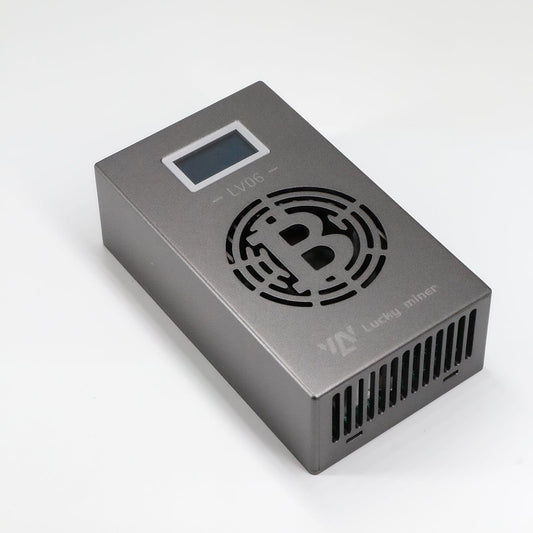



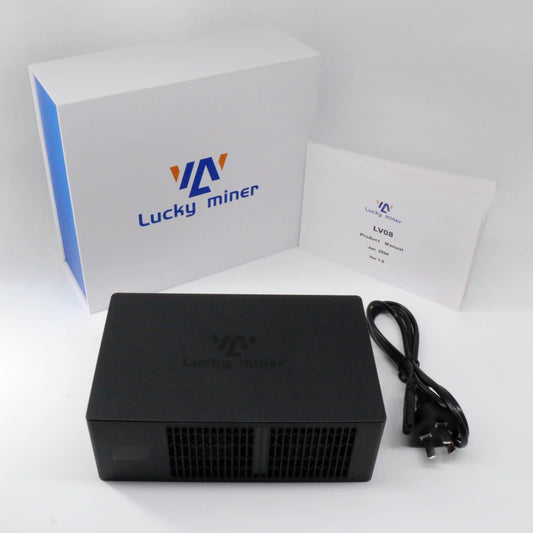

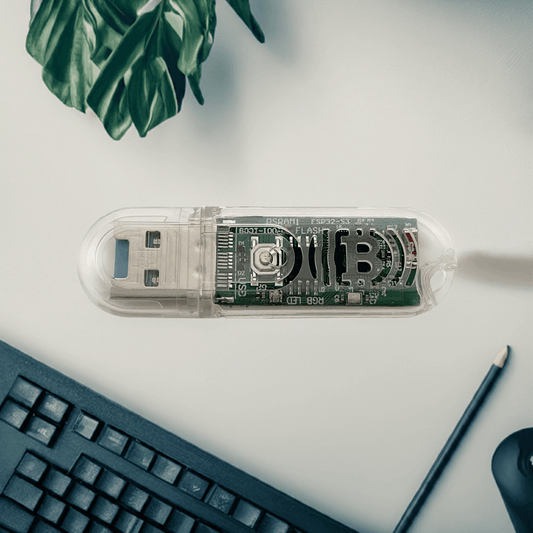

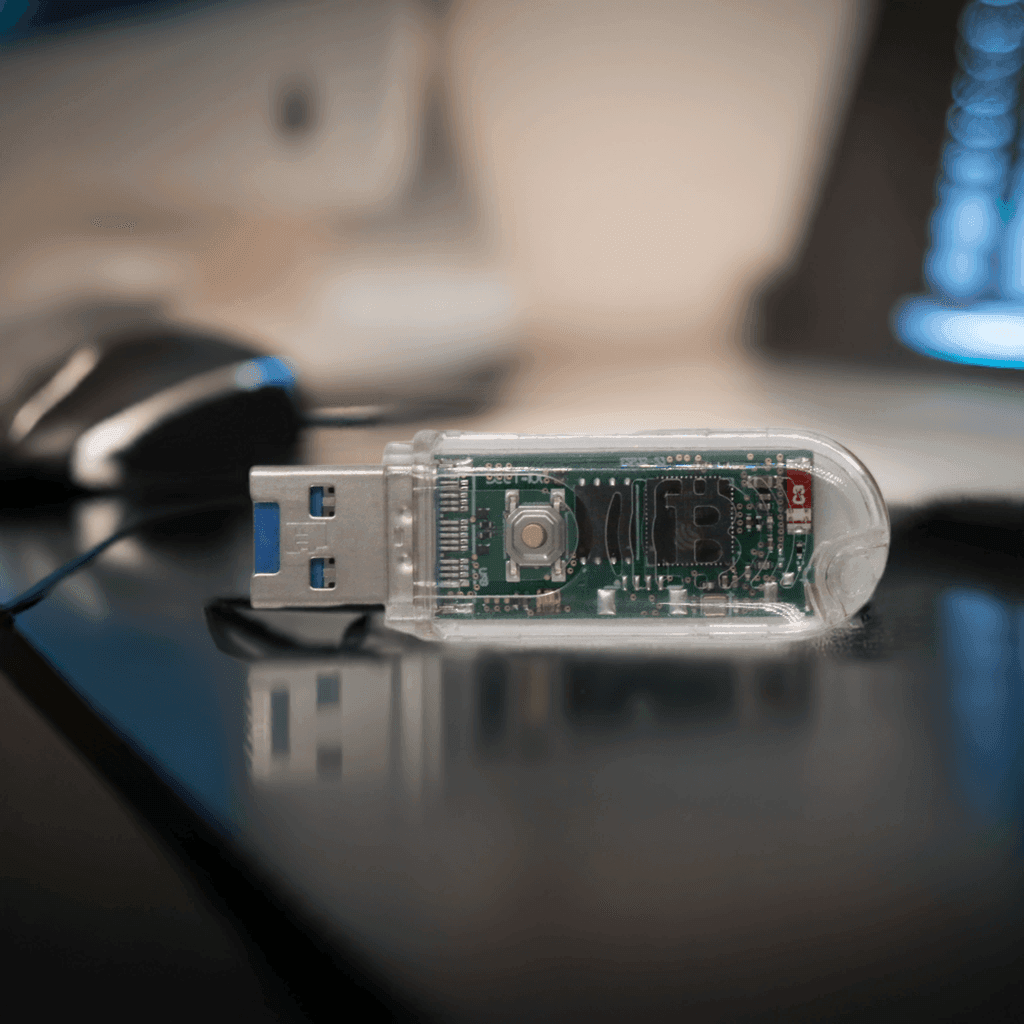

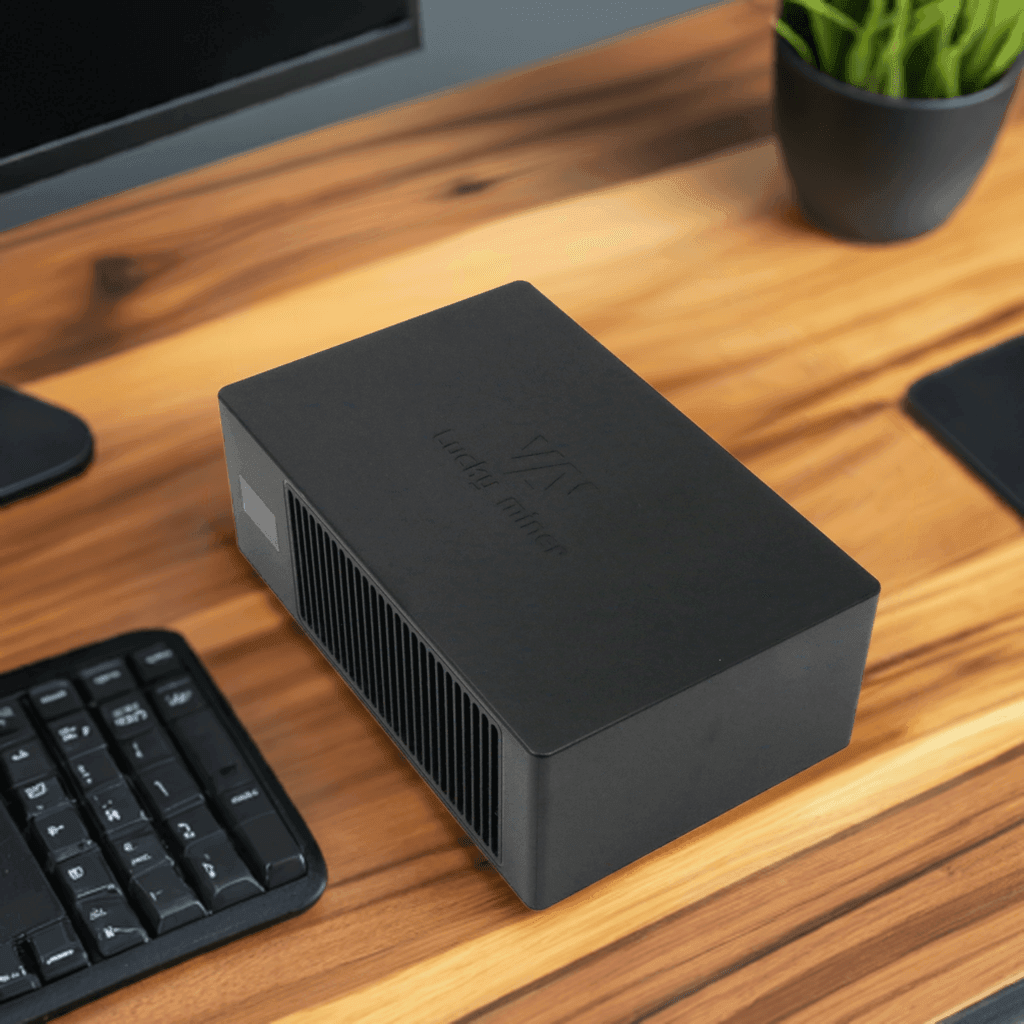

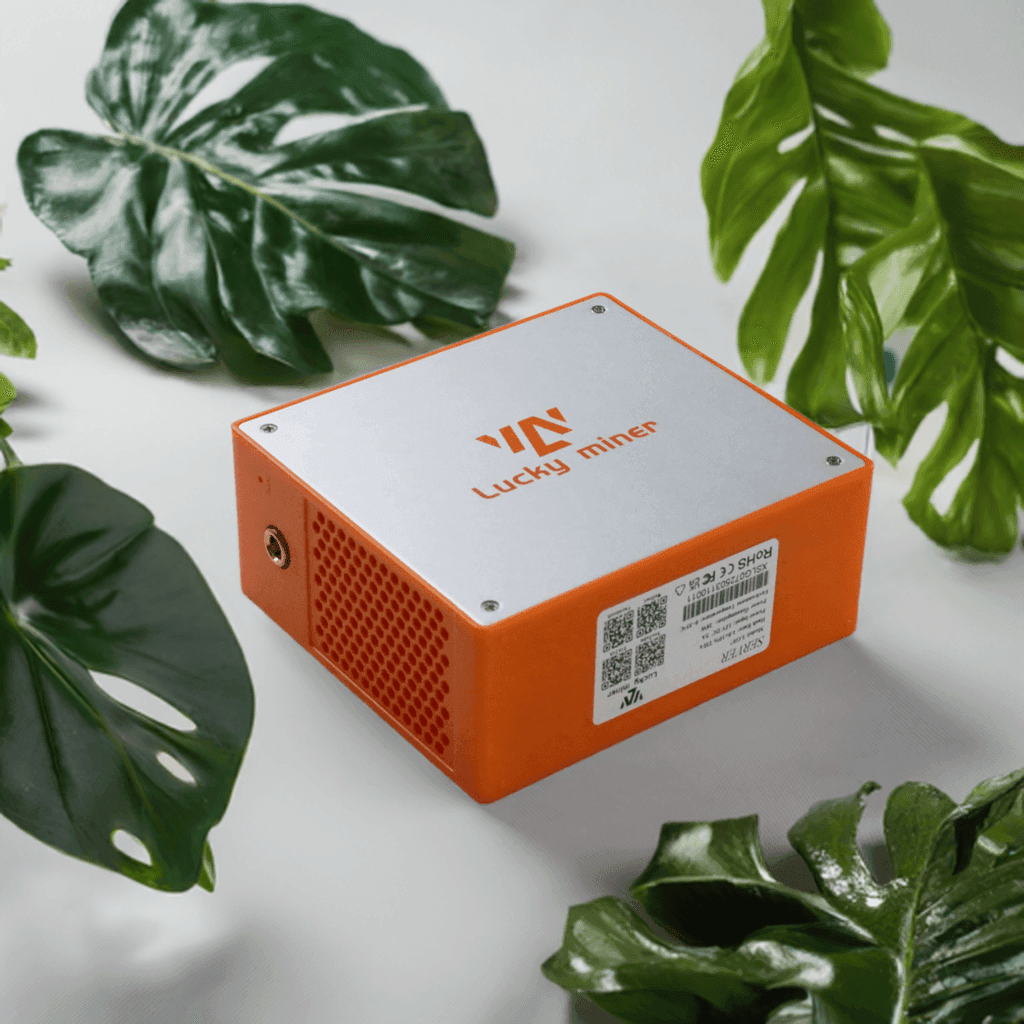

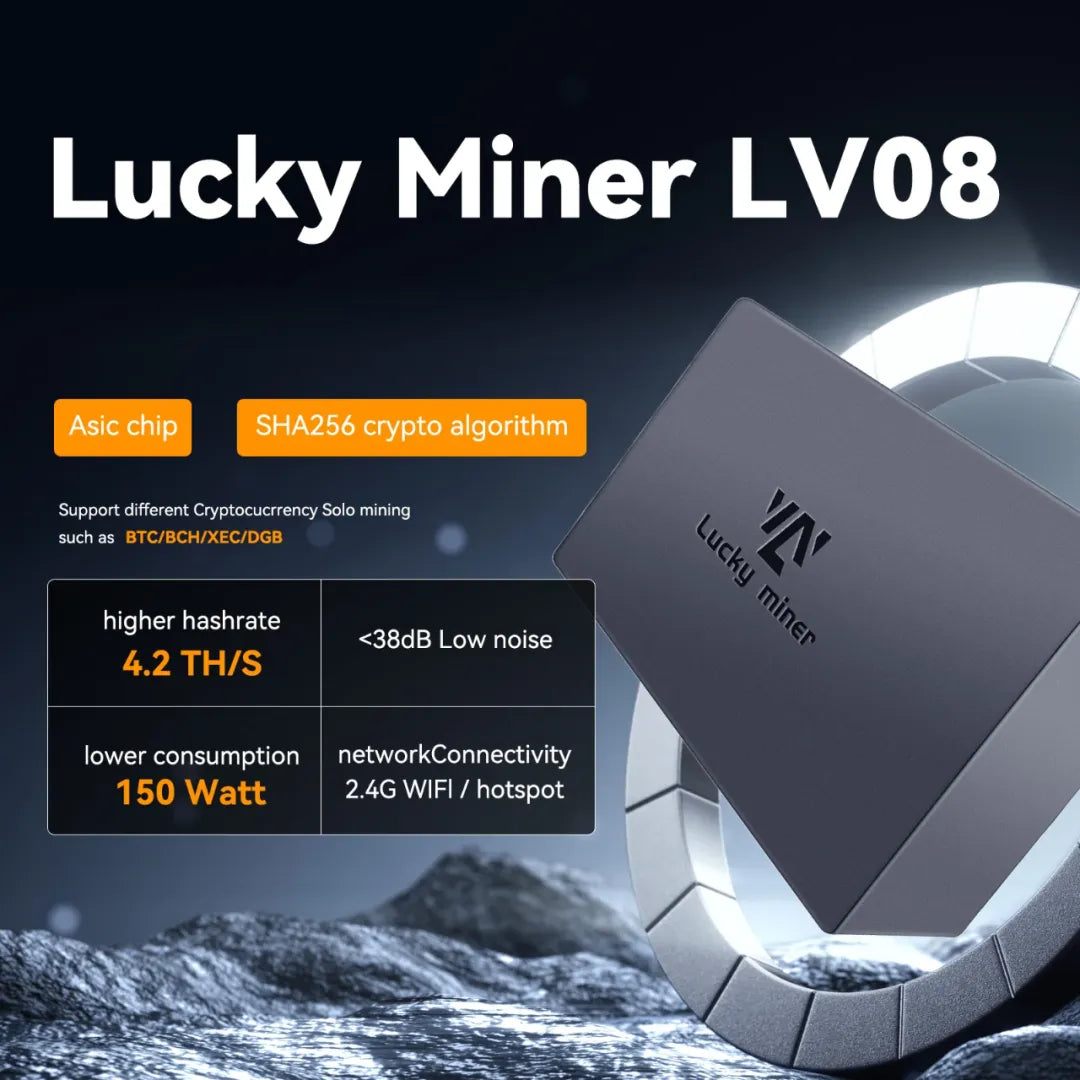

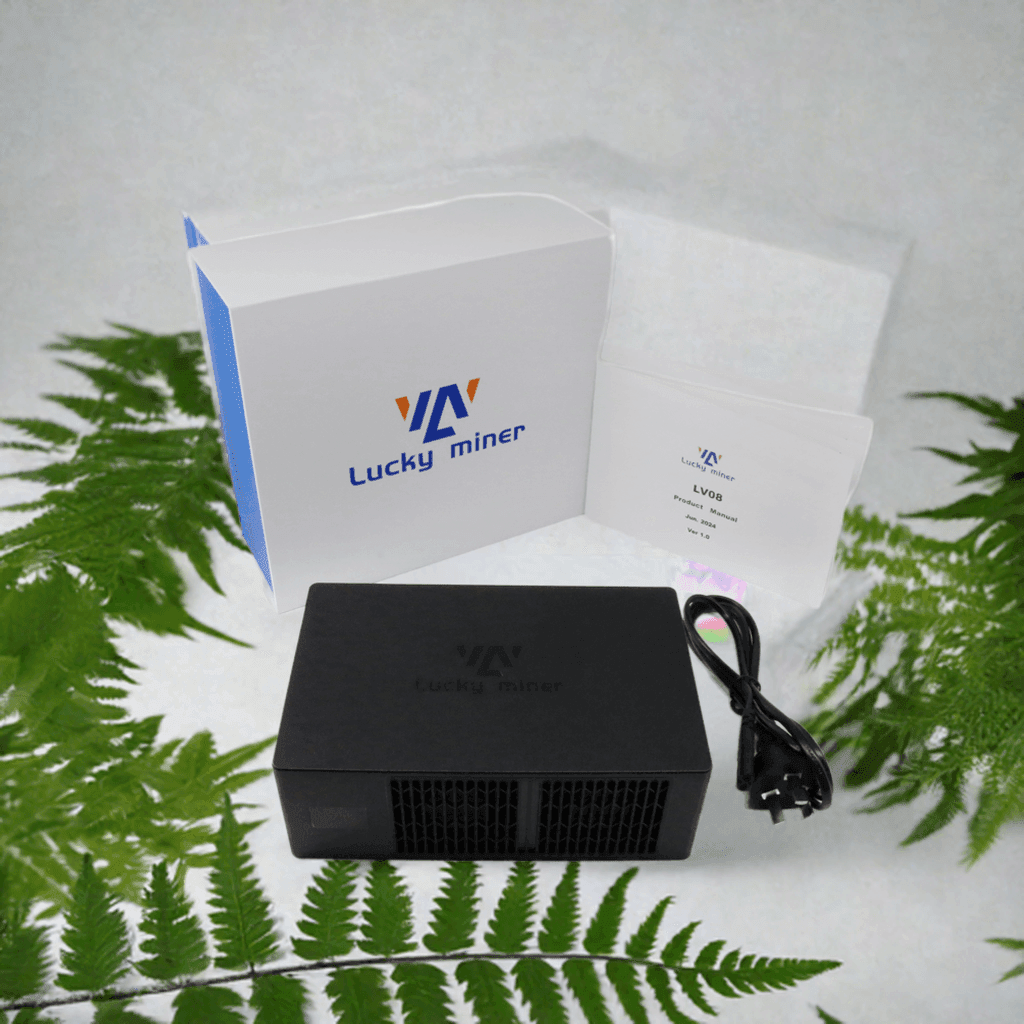
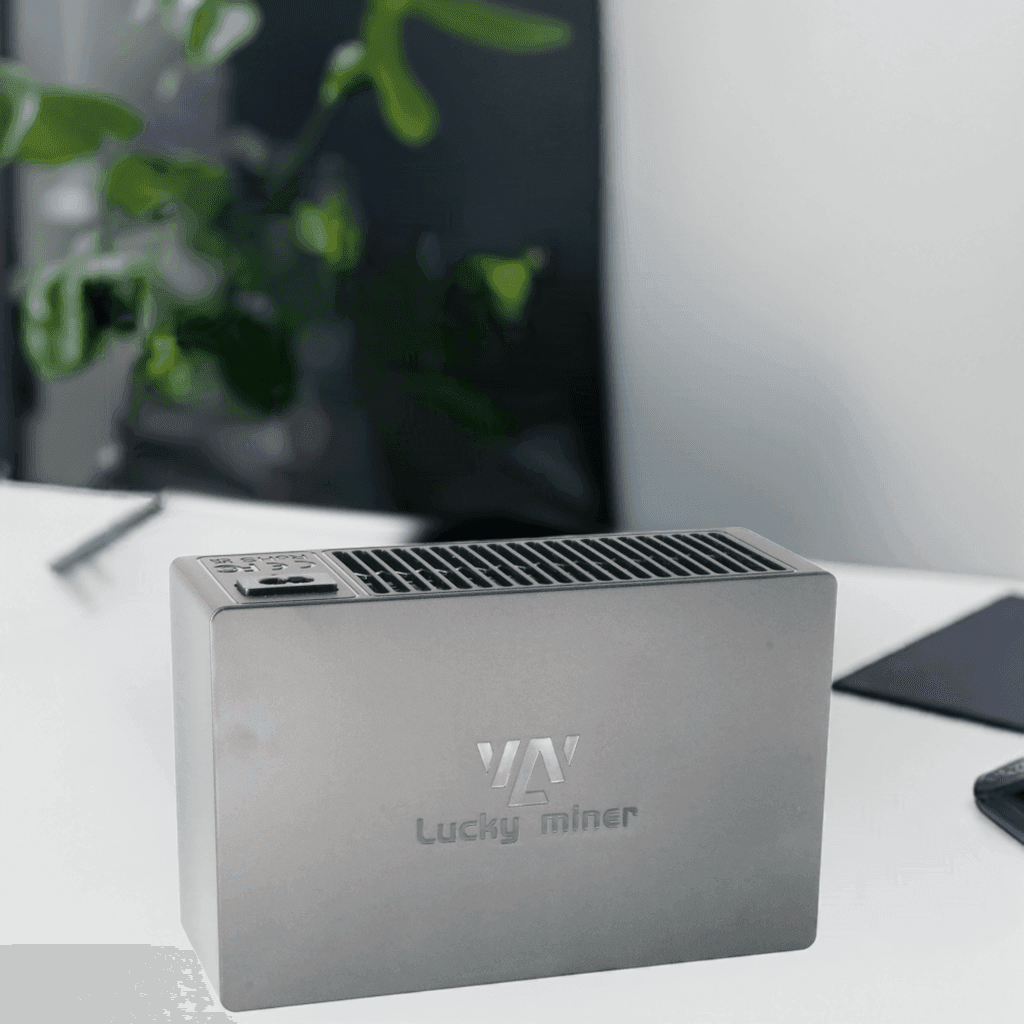
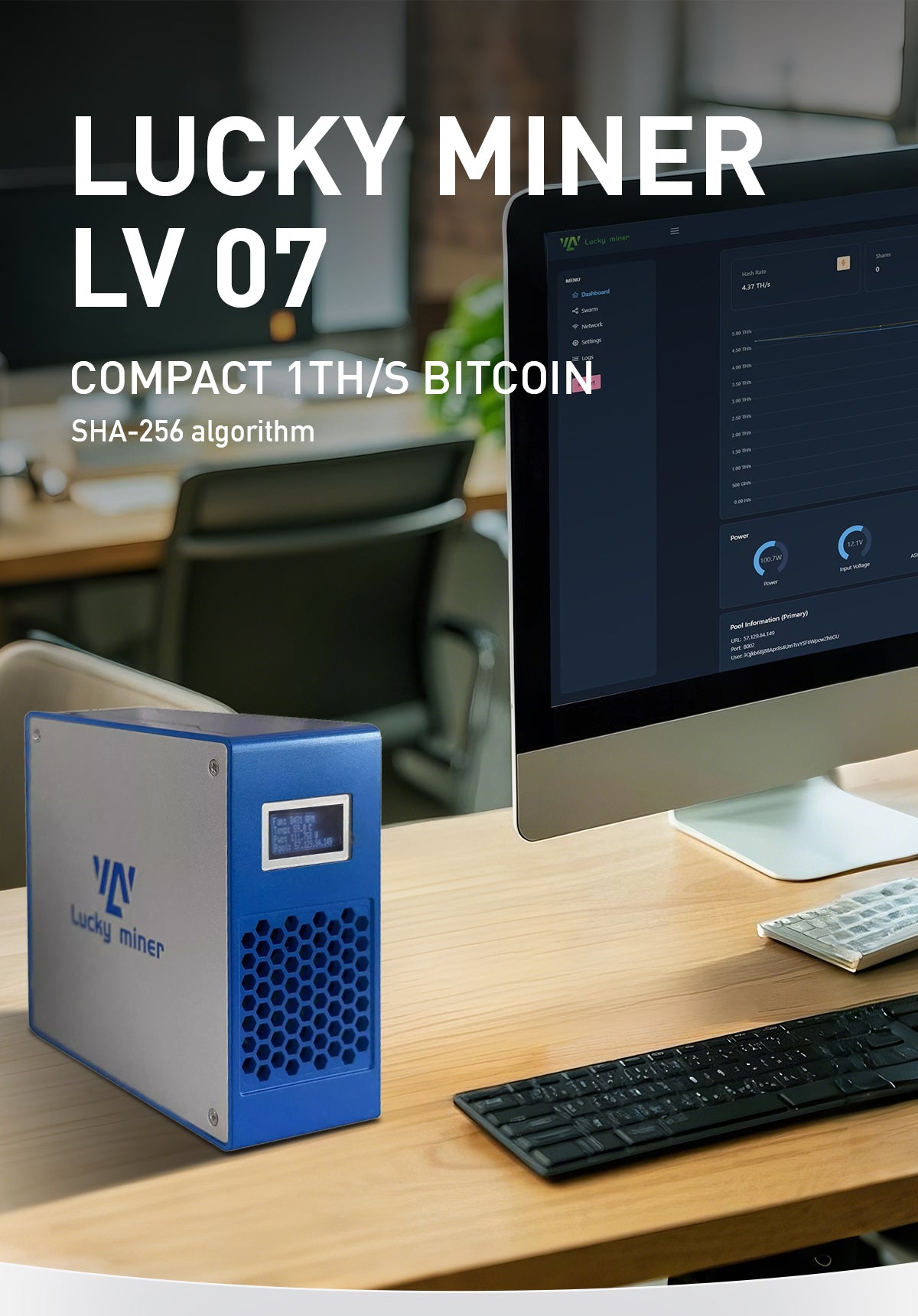
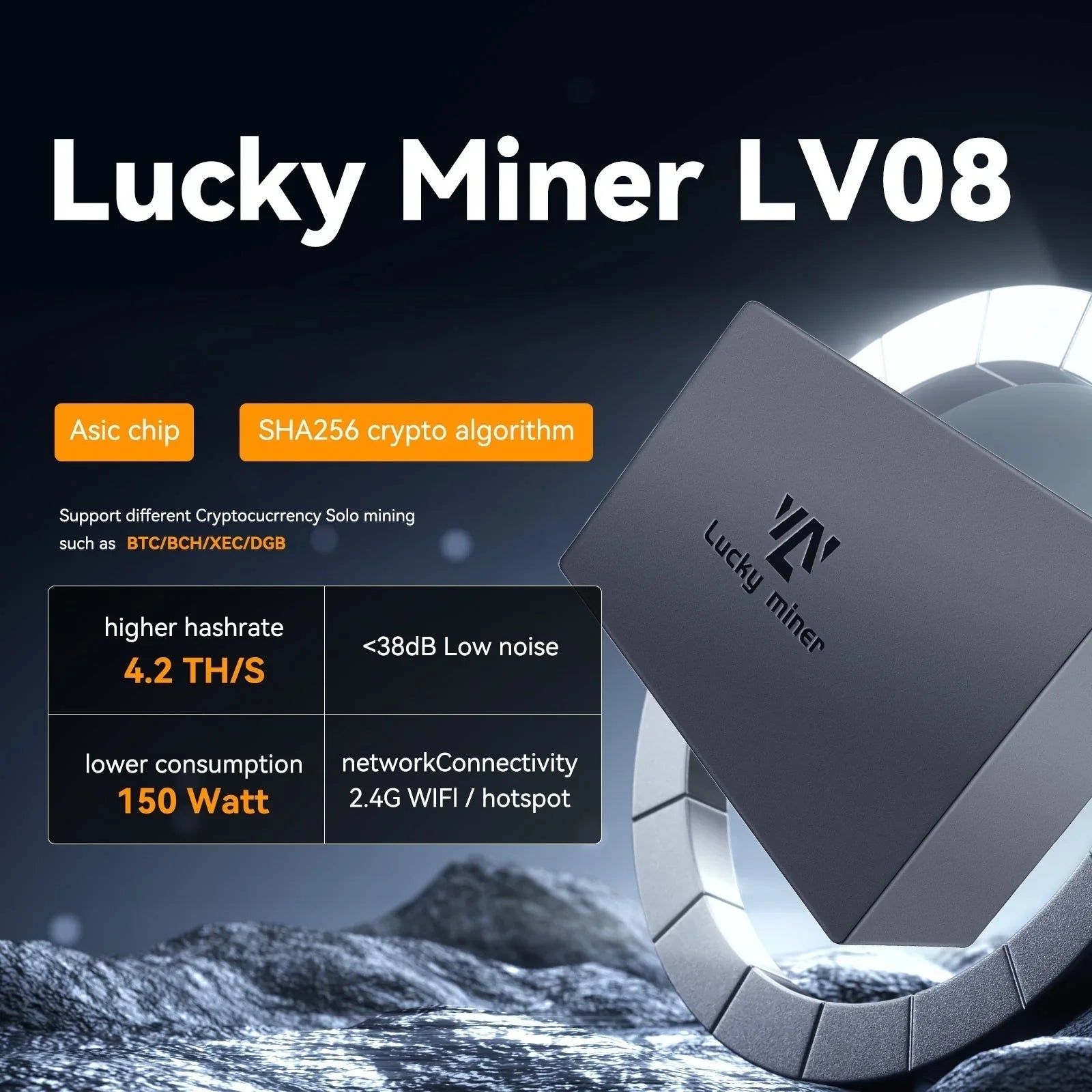

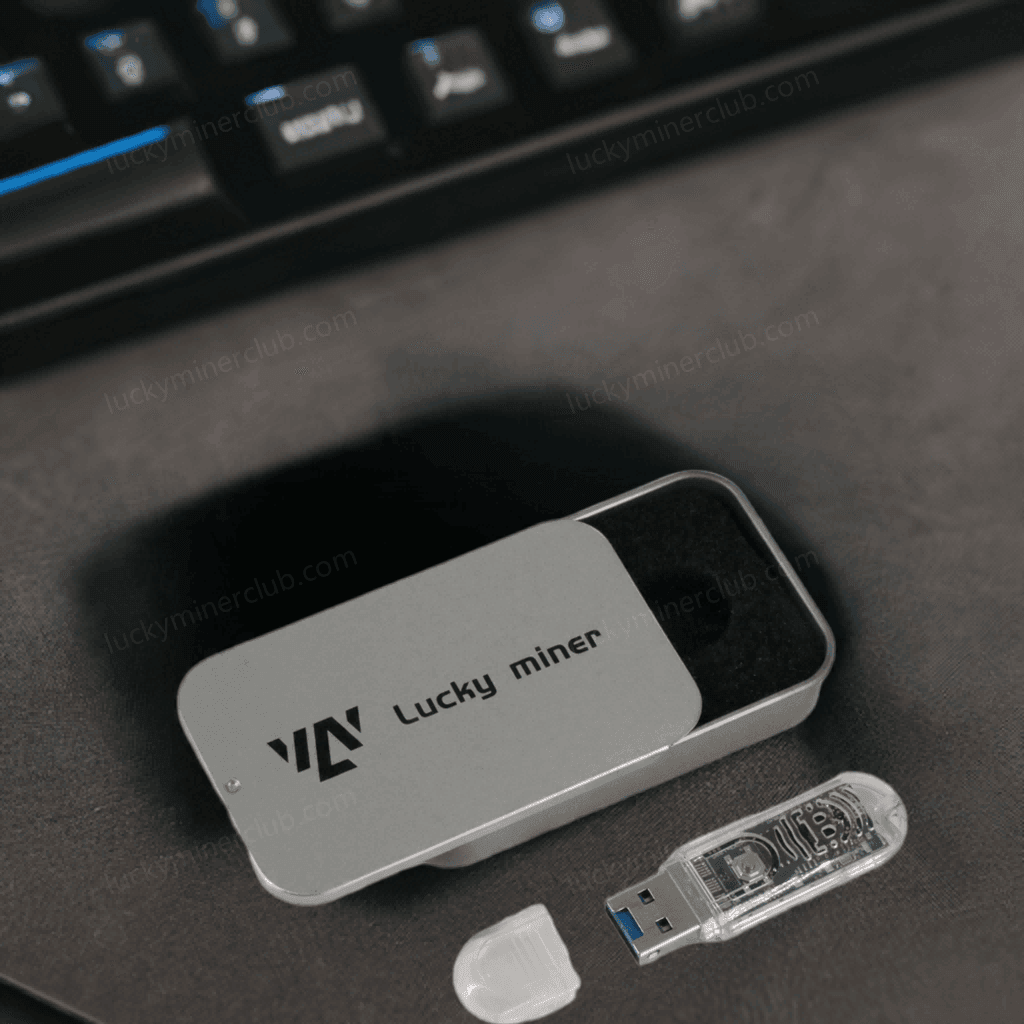
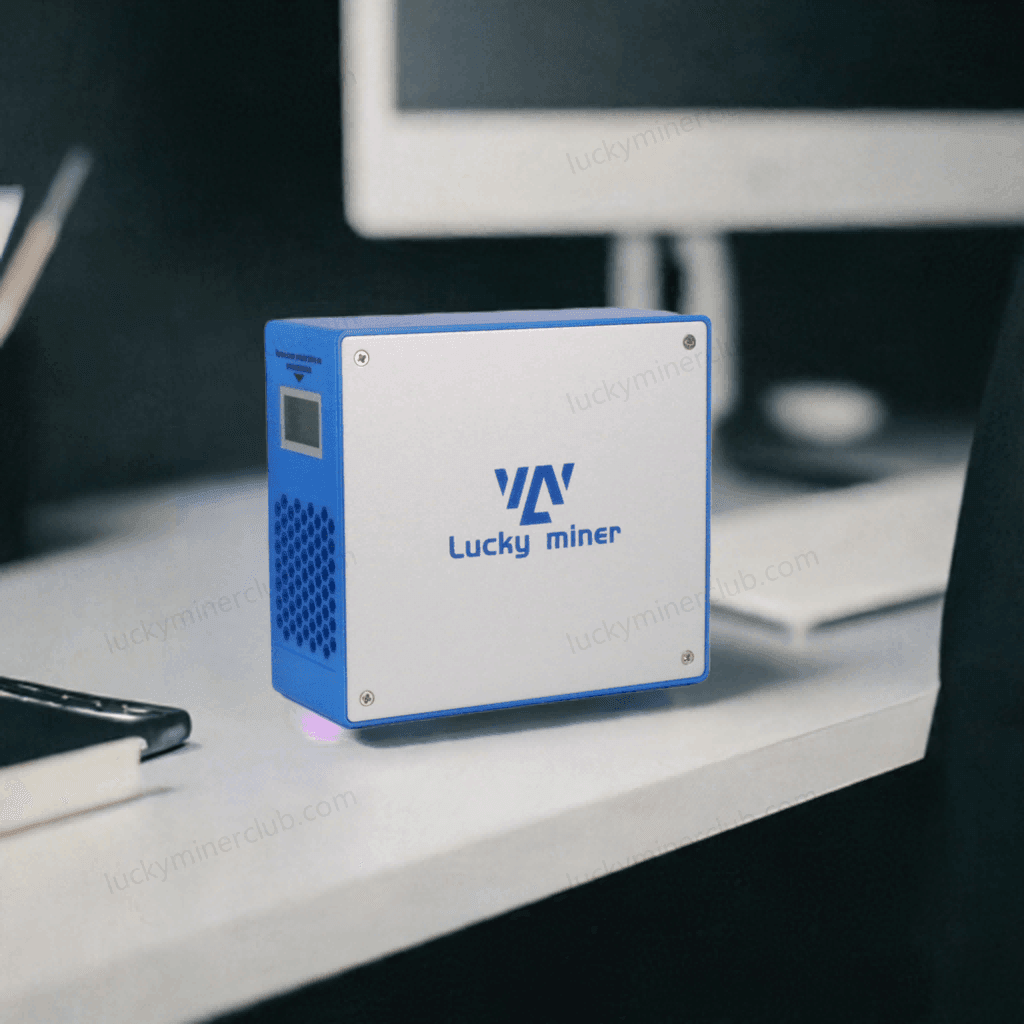
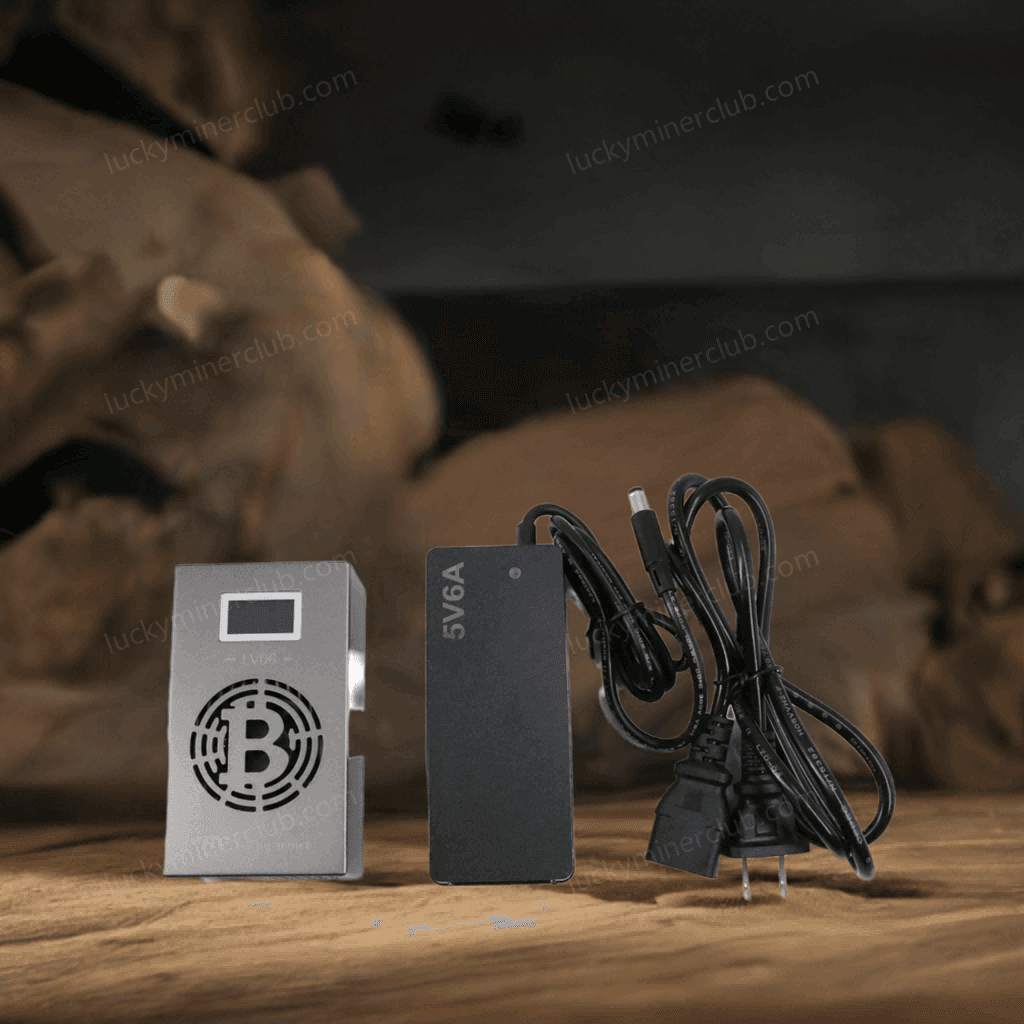

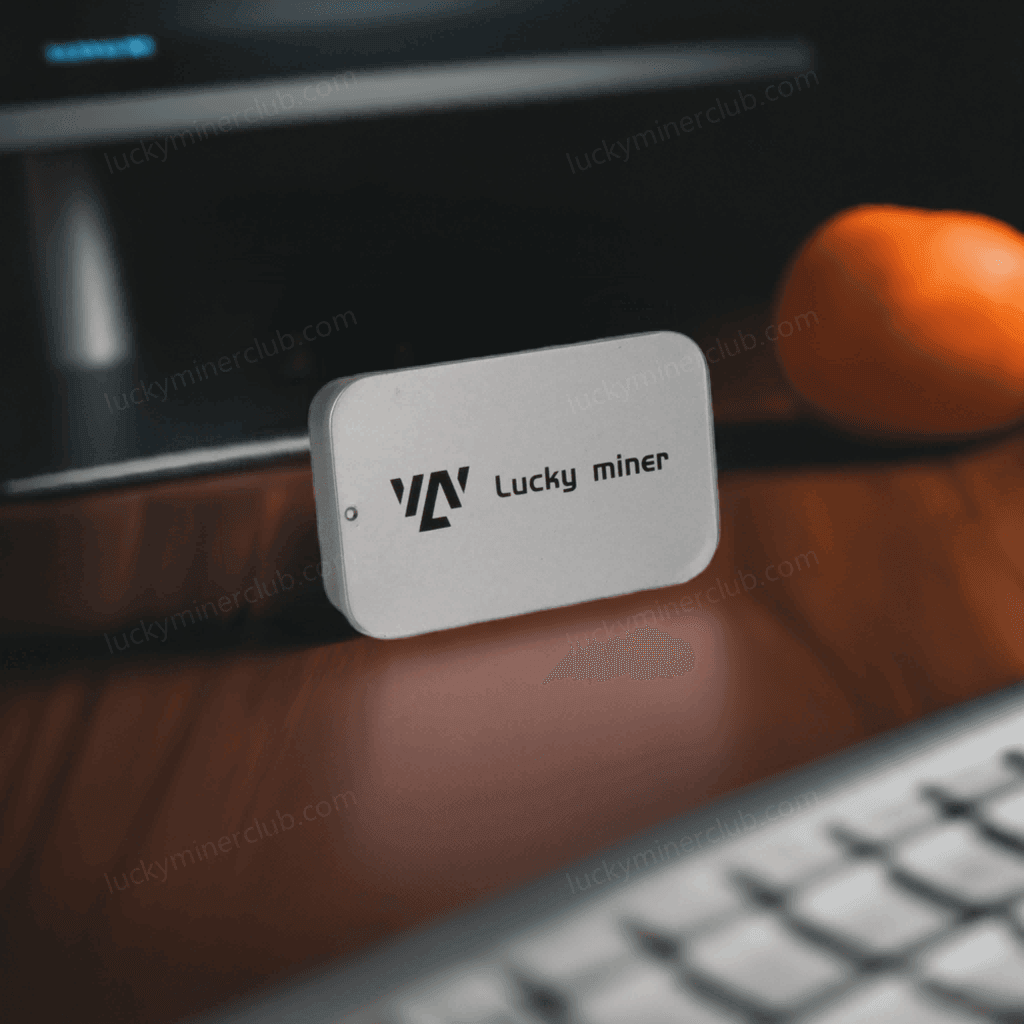
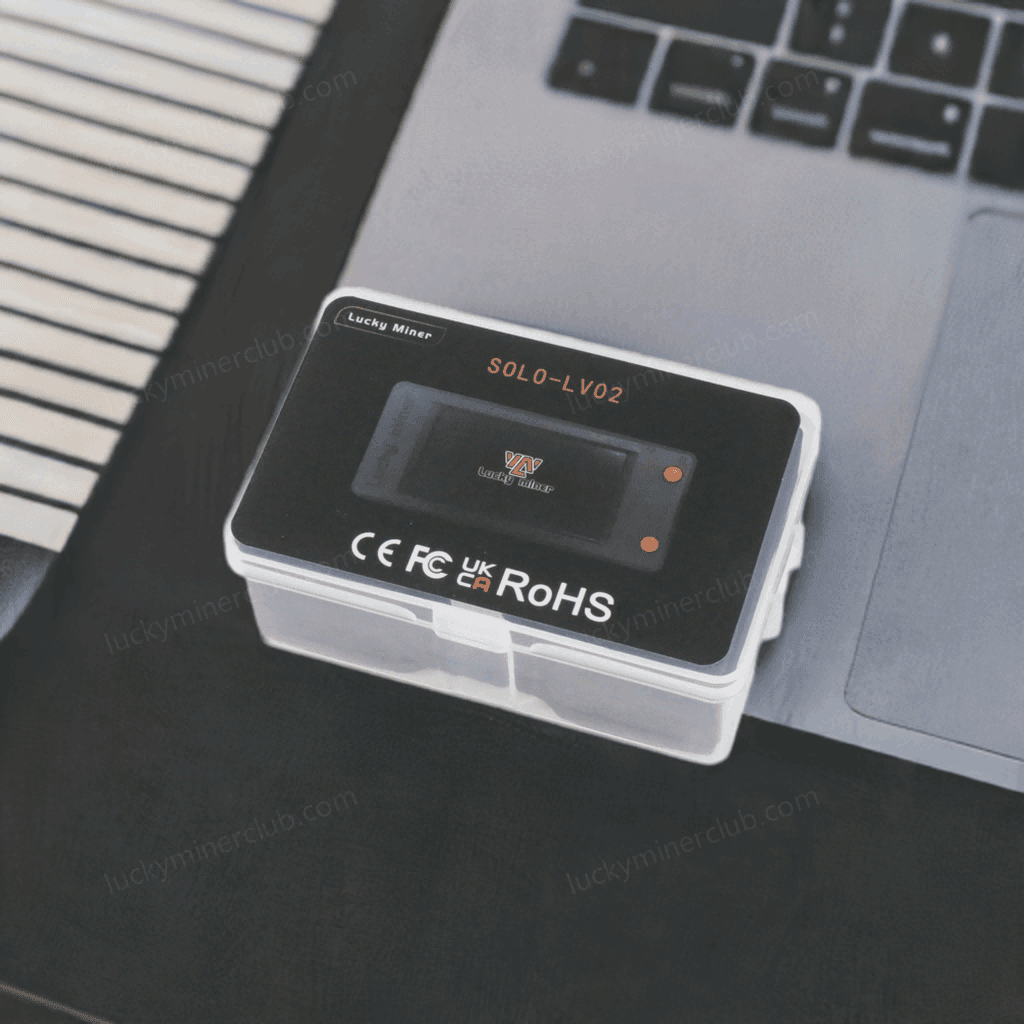
Leave a comment